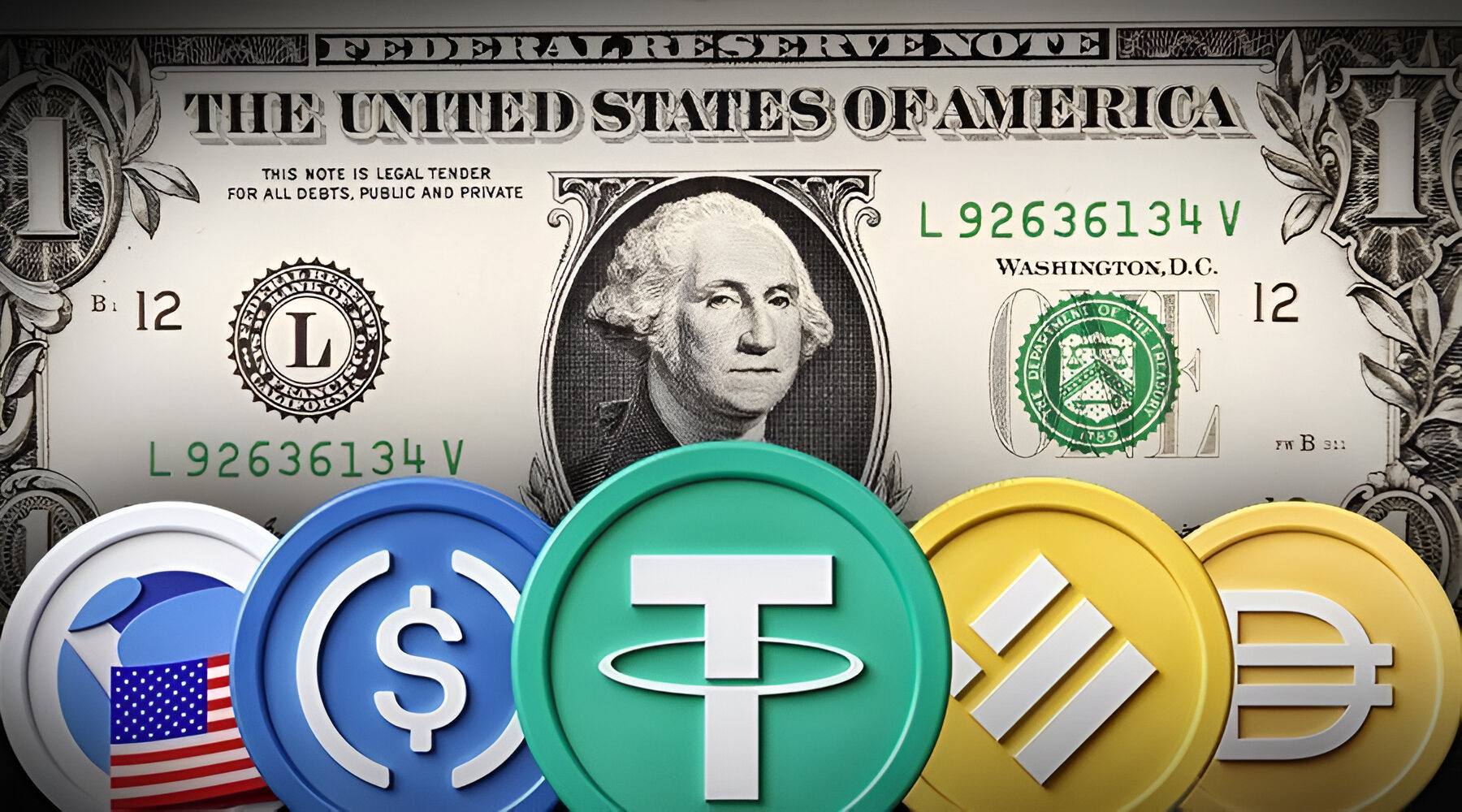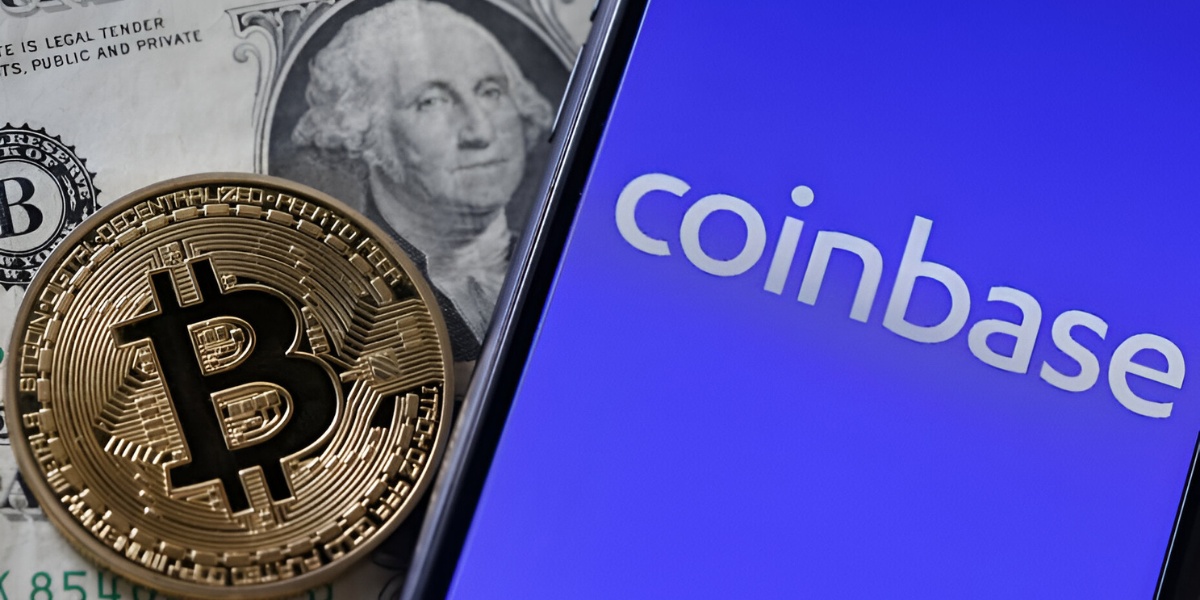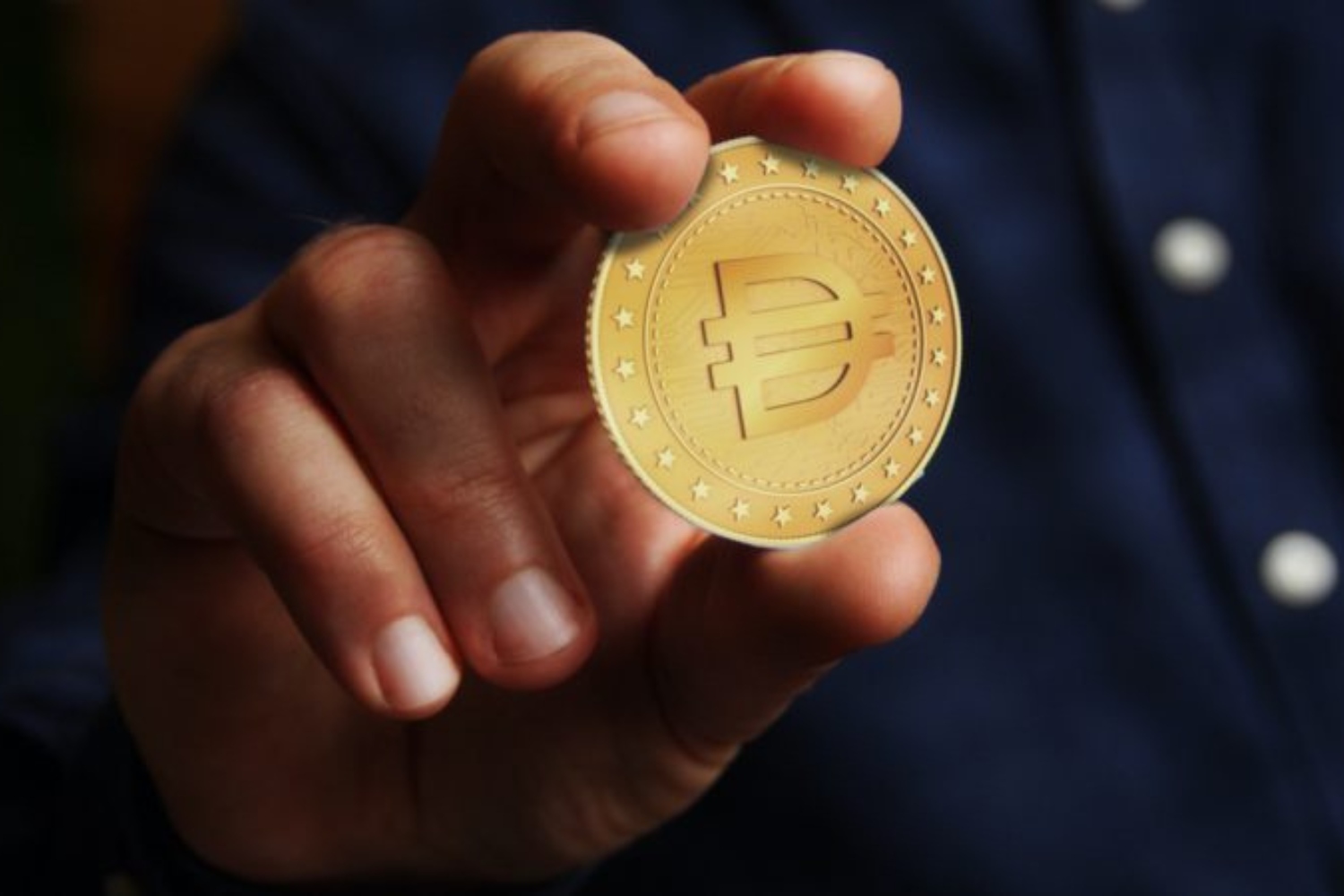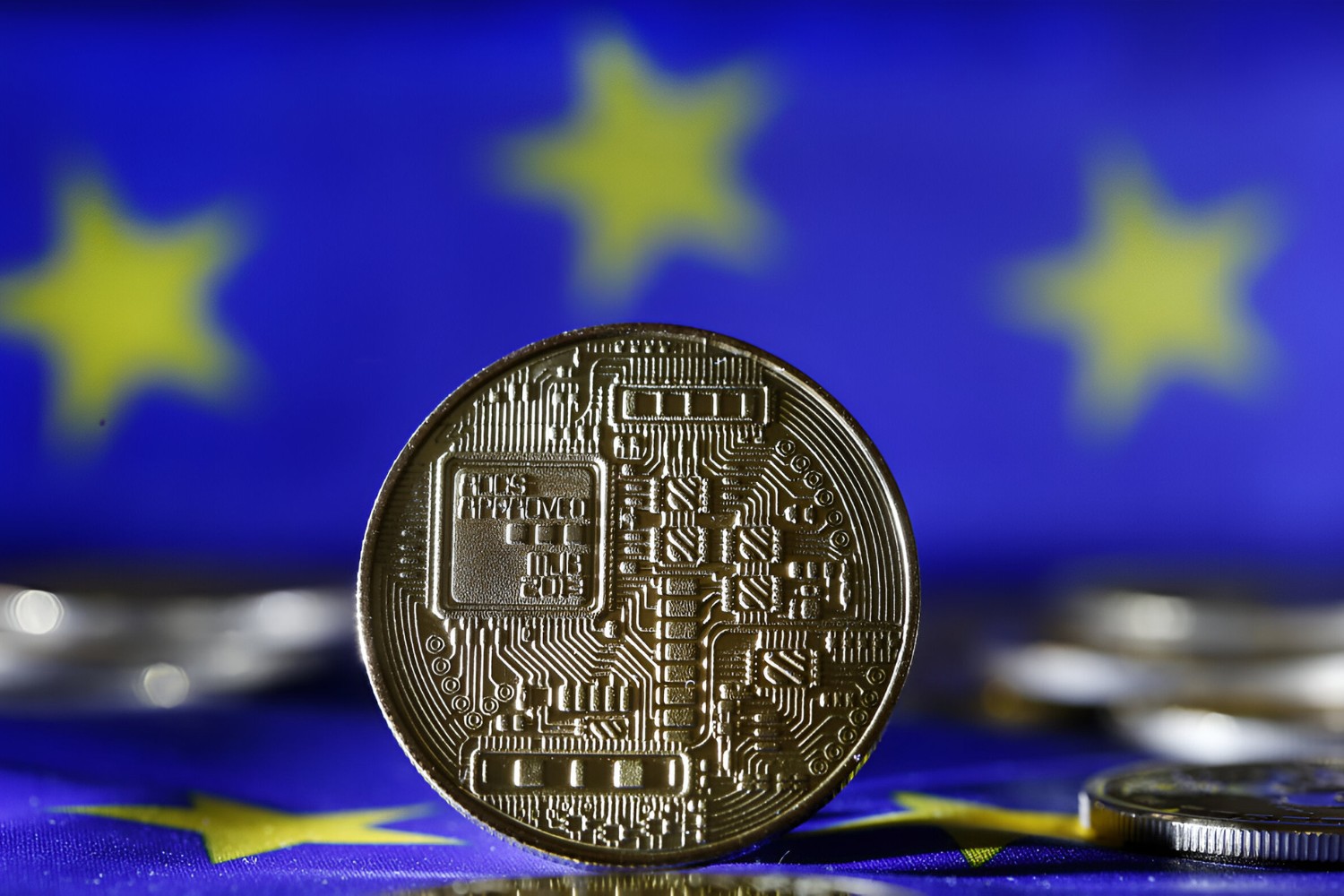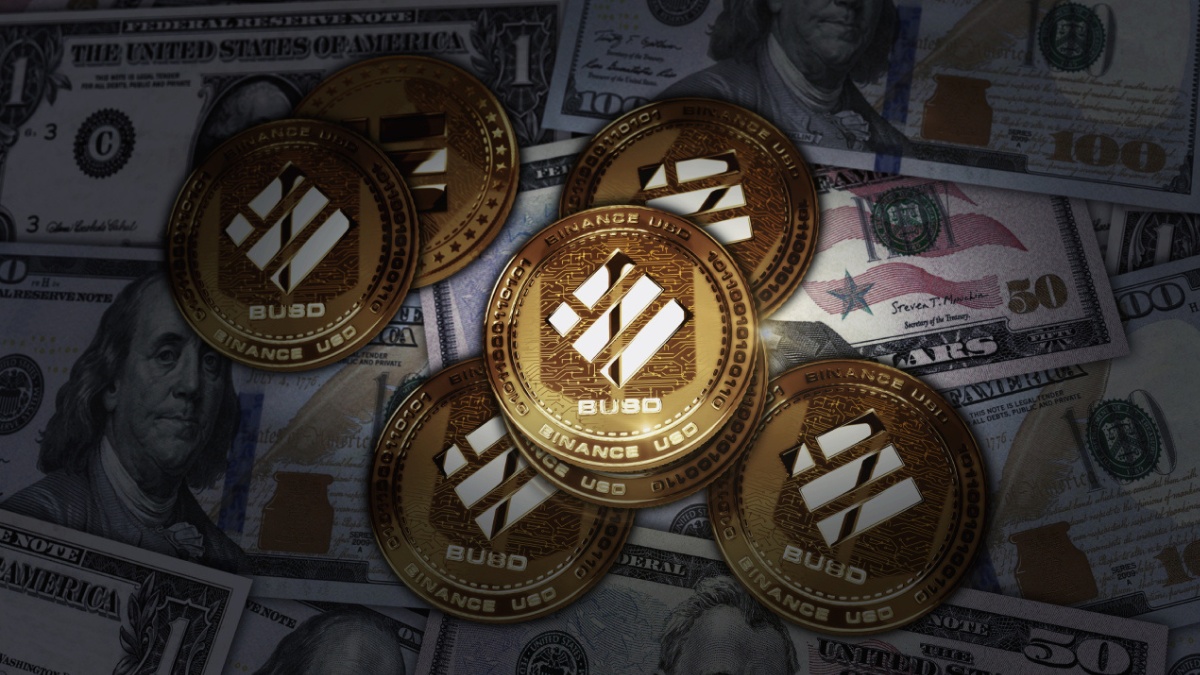Introduction
Welcome to the world of digital currencies, where innovation continues to reshape the global economy. Among the rising trends in this space is the introduction of stablecoins, which aim to address the volatility issues commonly associated with traditional cryptocurrencies. In this article, we will delve into one specific type of stablecoin: the USD stablecoin.
Stablecoins were developed as a means to bridge the gap between the traditional financial system and the digital currency ecosystem. Unlike cryptocurrencies such as Bitcoin or Ethereum, which are known for their price volatility, stablecoins work to maintain a stable value by being pegged to an underlying asset, in this case, the United States Dollar (USD).
Stablecoins offer the benefits of both traditional fiat currencies and cryptocurrencies. They provide the convenience and stability of traditional currencies like the USD, while leveraging the advantages of blockchain technology, such as fast and secure transactions.
The emergence of USD stablecoins has gained significant traction among individuals, businesses, and investors worldwide. These digital assets have become a reliable tool for managing and transferring funds on the blockchain. By eliminating the need for intermediaries and reducing transaction costs, USD stablecoins offer a more efficient and accessible financial ecosystem.
Moreover, USD stablecoins provide a level of transparency that traditional fiat currencies cannot match. The underlying blockchain technology allows for real-time tracking of transactions, ensuring accountability and security.
In this article, we will explore how USD stablecoins work, their advantages over other cryptocurrencies, and some popular options available in the market. We will also discuss use cases for USD stablecoins and the risks and challenges associated with their utilization.
So, if you’re ready to learn more about the world of USD stablecoins and how they are revolutionizing digital currency transactions, let’s dive in.
What is Stablecoin?
In order to understand USD stablecoins, it’s important to first grasp the concept of stablecoins in general. A stablecoin is a type of cryptocurrency that aims to minimize the price volatility commonly associated with other digital currencies like Bitcoin or Ethereum. It achieves this by being pegged to a stable asset, typically a traditional fiat currency such as the USD, Euro, or a basket of currencies.
Stablecoins are designed to address one of the main challenges facing cryptocurrencies: their unpredictable and fluctuating value. While cryptocurrencies offer advantages such as decentralized control and fast transactions, their volatility can hinder their adoption as a reliable medium of exchange or store of value.
By pegging the value of stablecoins to a stable asset, the aim is to provide stability and mitigate the risks of price fluctuations. This enables users to transact and hold these digital assets without the constant worry of their value rapidly increasing or decreasing.
Stablecoins can be broadly categorized into three types:
- Fiat-Collateralized Stablecoins: These stablecoins are backed by a reserve of traditional fiat currency. For example, if a stablecoin is pegged to the USD, it will have a corresponding amount of USD held in reserve to ensure the stability of its value.
- Crypto-Collateralized Stablecoins: These stablecoins are backed by a reserve of other cryptocurrencies. They use smart contracts and algorithms to maintain their peg to the stable asset. For example, a stablecoin may be backed by Ethereum or other digital assets.
- Algorithmic Stablecoins: These stablecoins use complex algorithms to control the supply and demand of the stablecoin, thereby maintaining its price stability. They do not require backing by traditional assets or cryptocurrencies.
Each type of stablecoin has its own advantages and limitations, and the choice of stablecoin depends on the specific requirements of users and their preferred level of decentralization and transparency.
Now that we have a general understanding of stablecoins, let’s explore USD stablecoins and how they operate within the digital currency ecosystem.
What is USD Stablecoin?
USD stablecoin is a specific type of stablecoin that is pegged to the value of the United States Dollar (USD). These stablecoins are designed to maintain a 1:1 ratio with the USD, meaning that every stablecoin in circulation is backed by an equivalent amount of USD held in reserve.
The purpose of USD stablecoins is to provide users with a digital asset that retains the stability and value of the USD while leveraging the advantages of blockchain technology. This allows for seamless and secure digital transactions, without the need for traditional financial intermediaries.
USD stablecoins can be used in various digital currency applications, including decentralized finance (DeFi), remittances, cross-border transactions, and even as a stable store of value in volatile cryptocurrency markets.
One of the key characteristics of USD stablecoins is their transparency. The underlying blockchain technology enables real-time tracking of transactions and ensures that the stablecoin is fully backed by USD reserves. This transparency provides users with peace of mind, knowing that the stablecoin they hold is backed by a reserve of USD held in secure custodial accounts.
The most popular USD stablecoin is Tether (USDT), which was launched in 2014 and quickly gained widespread adoption. Tether is built on the Bitcoin blockchain and operates as an ERC-20 token on the Ethereum network. It has become one of the most widely used stablecoins in the digital currency ecosystem.
In addition to Tether, there are other well-known USD stablecoins such as USD Coin (USDC), Binance USD (BUSD), and TrueUSD (TUSD). Each stablecoin has its own unique features and is supported by different platforms and exchanges, providing users with a variety of options to choose from.
USD stablecoins offer several advantages over traditional financial systems and other cryptocurrencies. They provide the stability and reliability of the USD, coupled with the speed and efficiency of blockchain transactions. Users can benefit from faster cross-border transfers, lower transaction fees, and increased accessibility to global financial markets.
Furthermore, USD stablecoins offer a bridge between the traditional financial system and the emerging digital currency ecosystem. They provide individuals and businesses with a familiar and stable digital asset that can be easily integrated into existing financial infrastructure.
In the next section, we will explore the workings of USD stablecoins and how they maintain their peg to the USD.
How does USD Stablecoin work?
USD stablecoins are designed to maintain a stable value by being pegged to the United States Dollar (USD) through a combination of collateral reserves and smart contract technology.
Generally, USD stablecoins operate using a fiat-collateralized model, where every stablecoin in circulation is backed by an equivalent amount of USD held in reserve. The stablecoin issuer maintains a reserve of USD in a trusted bank account or custodial institution, which acts as collateral to support the value of the stablecoin.
When a user purchases USD stablecoins, the corresponding amount of USD is moved into the collateral reserve. This ensures that there is always a one-to-one backing of stablecoins with the USD, providing stability and confidence in the value of the stablecoin.
To enforce transparency, stability, and accountability, most USD stablecoins leverage blockchain technology, primarily the Ethereum blockchain. Smart contracts are used to tokenize and manage the stablecoin transactions, including the issuance, transfer, and redemption of stablecoins.
These smart contracts automatically keep track of the total supply of stablecoins in circulation and the corresponding USD reserve. This allows users to verify the full backing of the stablecoin and ensures that the stablecoin issuer cannot create more stablecoins than the amount of USD held in reserve.
One key advantage of using the blockchain is the transparency it provides. Users can see the transaction history and the total supply of stablecoins on the blockchain, ensuring that the stablecoin maintains its peg to the USD without any manipulation or counterfeit assets.
In addition to traditional fiat-collateralized stablecoins, there are variants such as crypto-collateralized and algorithmic stablecoins that can also maintain their peg to the USD.
Crypto-collateralized stablecoins use cryptocurrencies as collateral instead of traditional fiat currencies. The smart contracts ensure that the value of the collateral remains sufficient to support the stablecoin’s value. However, this model carries the risk of cryptocurrency price volatility affecting the stability of the stablecoin.
Algorithmic stablecoins, on the other hand, do not have traditional collateral. Instead, they rely on algorithms to maintain the stability of the stablecoin. These algorithms monitor supply and demand dynamics, adjusting the stablecoin’s value through token burns or minting new tokens to balance the market price with the targeted peg, in this case, the USD.
Overall, USD stablecoins provide users with a reliable and secure digital asset that maintains a stable value. Through a combination of collateral reserves and blockchain technology, users can transact with confidence, knowing that the value of the stablecoin is pegged to the USD.
In the next section, we will explore the advantages of using USD stablecoins in various financial applications.
Advantages of using USD Stablecoin
USD stablecoins offer a range of advantages over other forms of digital currencies and traditional fiat currencies. Let’s explore some of the key benefits of using USD stablecoins:
- Stability: One of the primary advantages of USD stablecoins is their stability. By being pegged to the United States Dollar (USD), these stablecoins maintain a consistent value, providing users with a reliable digital asset that is not subject to the same price volatility as other cryptocurrencies. This stability makes USD stablecoins suitable for everyday transactions and as a store of value.
- Faster Transactions: USD stablecoins leverage blockchain technology to enable near-instantaneous transactions. Transferring stablecoins across borders or between individuals can be done quickly and securely, eliminating the need for intermediaries or delays typically associated with traditional banking systems.
- Lower Transaction Fees: Unlike traditional financial systems, which often charge high fees for international transfers, USD stablecoins offer lower transaction fees. This makes them an attractive option for individuals and businesses that frequently engage in cross-border transactions.
- Increased Accessibility: USD stablecoins provide individuals in regions with limited access to traditional banking services the opportunity to participate in the global financial system. With just an internet connection, anyone can create a digital wallet and start transacting with USD stablecoins, opening up financial opportunities for the unbanked and underbanked populations.
- Decentralization: USD stablecoins operate on decentralized blockchain networks, which means there is no central authority controlling or governing the stablecoin. This decentralized nature ensures that transactions are transparent, secure, and resistant to censorship, allowing for greater financial autonomy and privacy for users.
- Global Usage: USD stablecoins are widely recognized and accepted across various platforms, exchanges, and businesses globally. They can be easily integrated into existing financial ecosystems, allowing for seamless interoperability between traditional and digital financial systems.
- Reduced Counterparty Risk: When using USD stablecoins, the risk of counterparty default or bank insolvency is greatly reduced. Since stablecoins are backed by reserves, users have the assurance that their funds are held securely, and the stablecoin issuer is responsible for maintaining the appropriate USD reserve to back the stablecoin.
These advantages have made USD stablecoins increasingly popular among individual investors, businesses, and even governments exploring digital currency options. The stability, speed, lower fees, and accessibility of USD stablecoins have the potential to streamline financial processes, promote financial inclusion, and foster innovation in various industries.
Now that we have explored the advantages of USD stablecoins, let’s take a look at some of the popular USD stablecoins available in the market.
Popular USD Stablecoins in the market
The demand for USD stablecoins has led to the emergence of several popular options in the digital currency market. These stablecoins are widely recognized and accepted, providing users with a range of choices to suit their specific needs. Let’s explore some of the most popular USD stablecoins:
- Tether (USDT): Tether, launched in 2014, is one of the oldest and most widely adopted USD stablecoins. It operates on multiple blockchain networks, including Bitcoin and Ethereum, and is backed by a reserve of USD in a 1:1 ratio. Tether has gained popularity due to its high liquidity and wide acceptance across various platforms and exchanges.
- USD Coin (USDC): USD Coin was introduced in 2018 as a collaboration between Circle and Coinbase. It is an ERC-20 token built on the Ethereum blockchain and is also backed by a 1:1 ratio of USD reserves. USD Coin has gained traction due to its transparency, regulatory compliance, and the strong reputation of its issuers.
- Binance USD (BUSD): Binance USD is a stablecoin launched by the popular cryptocurrency exchange, Binance, in partnership with Paxos. It is also backed by a 1:1 ratio with USD reserves and operates on various blockchain networks, including Ethereum and Binance Chain. Binance USD offers users the combined benefits of the Binance exchange ecosystem and the stability of USD.
- TrueUSD (TUSD): TrueUSD is a USD stablecoin developed by TrustToken. It operates on the Ethereum blockchain and is backed by USD reserves held in escrow accounts. TrueUSD distinguishes itself by providing regular attestations of its USD reserves through third-party audits, adding an extra layer of transparency and trustworthiness.
- Paxos Standard (PAX): Paxos Standard is an ERC-20 stablecoin issued by Paxos. Similar to the other stablecoins mentioned, it maintains a 1:1 peg with USD through its fully audited reserve. Paxos Standard offers users the ability to easily redeem their stablecoins for USD, providing increased confidence in its stability.
These are just a few examples of the popular USD stablecoins available in the market. Each stablecoin has its own unique features, partnerships, and network integrations. Users can choose the stablecoin that aligns with their desired level of transparency, security, and acceptance within their preferred platforms or exchanges.
As the demand for stablecoins continues to grow, it is expected that new players may enter the market and existing stablecoins will evolve to meet the evolving needs of users and regulatory requirements.
Now that we have explored some of the popular USD stablecoins, let’s examine the differences between USD stablecoins and other types of cryptocurrencies.
Differences between USD Stablecoin and other cryptocurrencies
While all cryptocurrencies operate on blockchain technology, USD stablecoins have distinct differences from other cryptocurrencies, particularly in terms of their value stability and use cases. Let’s explore some of the key differences between USD stablecoin and other cryptocurrencies:
- Value Stability: The primary difference lies in the stability of value. USD stablecoins, as the name suggests, aim to maintain a stable value, usually pegged to the United States Dollar (USD). In contrast, other cryptocurrencies, such as Bitcoin or Ethereum, are known for their price volatility, with values that can fluctuate significantly over short periods.
- Asset Backing: USD stablecoins are typically backed by a reserve of traditional fiat currency, such as USD. This means that for every stablecoin in circulation, there is an equivalent amount of fiat currency held in reserve. In contrast, other cryptocurrencies do not have a backing by any physical or traditional assets, and their values are determined solely by market demand and supply dynamics.
- Use Cases: USD stablecoins are often used as a medium of exchange, a store of value, or a means of transferring funds with stability. They provide an efficient way to conduct transactions and interact with traditional financial systems. On the other hand, other cryptocurrencies are often seen as speculative assets, investment vehicles, or used in decentralized applications (dApps) and platforms.
- Regulatory Considerations: USD stablecoins, due to their peg to a traditional fiat currency, often have to comply with certain regulatory requirements and financial regulations. They require transparency in terms of the reserves held and need to meet regulatory guidelines to ensure investor protection. Other cryptocurrencies may operate in a more decentralized and regulatory-light environment.
- Price Volatility: As stablecoins maintain a stable value linked to a traditional currency, they provide users with more predictability and confidence in their transactions. Other cryptocurrencies, on the other hand, can experience significant price fluctuations and may carry higher risk and uncertainty.
- Integration with Traditional Finance: USD stablecoins are well-suited for integration with traditional financial systems and infrastructure. They can be easily exchanged for traditional fiat currencies, used for remittances, or integrated into payment gateways. Other cryptocurrencies may require more extensive adoption and acceptance from traditional financial institutions.
These differences highlight the unique value proposition that USD stablecoins bring to the digital currency ecosystem. By providing stability and reliability, USD stablecoins offer a bridge between traditional finance and the emerging world of cryptocurrencies.
Now that we understand the differences between USD stablecoins and other cryptocurrencies, let’s explore some of the use cases for USD stablecoins.
Use Cases of USD Stablecoin
USD stablecoins have gained significant traction and are being utilized in various ways across industries. Their stability and ease of use make them suitable for a range of use cases. Let’s explore some of the key use cases of USD stablecoins:
- Remittances: USD stablecoins provide an efficient and cost-effective solution for cross-border remittances. Individuals can send and receive funds internationally without the need for intermediaries or high transaction fees associated with traditional remittance methods. The stability of USD stablecoins ensures that the recipient receives the same amount of value without worrying about currency fluctuations.
- Decentralized Finance (DeFi): USD stablecoins play a crucial role in decentralized finance (DeFi) applications. They can be used as collateral for borrowing and lending, enabling individuals to access liquidity without selling their crypto assets. Additionally, stablecoins can be utilized for yield farming, liquidity provision, and stablecoin-based derivatives within DeFi protocols.
- Merchant Payments: USD stablecoins offer an efficient payment solution for merchants. They can be easily integrated into payment gateways, allowing businesses to accept digital payments with the stability and speed provided by stablecoins. Merchants can also avoid the volatility risks associated with other cryptocurrencies while still benefiting from the advantages of blockchain-based transactions.
- Financial Inclusion: USD stablecoins provide individuals in underserved regions and unbanked populations with access to digital financial services. Through a simple smartphone and internet connection, individuals can hold and transact with stablecoins, overcoming the barriers of traditional banking and financial systems. This empowers individuals with greater control over their finances and improves their financial inclusion.
- Hedging and Portfolio Management: Investors and traders can use USD stablecoins as a hedge against the volatility of other cryptocurrencies. By converting their assets into USD stablecoins during times of market uncertainty, they can protect the value of their holdings. Stablecoins also offer a stable base currency for portfolio management, allowing investors to easily diversify their holdings and rebalance their portfolios.
- E-commerce: USD stablecoins provide a convenient digital currency for online purchases. E-commerce platforms can integrate stablecoin payment options, offering customers a stable and secure method of transaction. This reduces the need for traditional payment processors and eliminates the risk of chargebacks, providing a seamless and efficient payment experience for both merchants and customers.
These use cases demonstrate the versatility and practicality of USD stablecoins in various sectors. Their stability, fast transactions, and global accessibility make them an attractive choice for individuals, businesses, and investors alike.
However, it is important to note that while USD stablecoins have gained widespread adoption, they are not without risks and challenges. Let’s explore some of these risks and challenges in the next section.
Risks and Challenges
While USD stablecoins offer several advantages, they also come with their own set of risks and challenges that users should be aware of. Let’s explore some of the key risks and challenges associated with USD stablecoins:
- Centralization and Counterparty Risk: In some cases, the centralized nature of stablecoin issuers introduces counterparty risk. Users are reliant on the stability, solvency, and regulatory compliance of the stablecoin issuer. If the issuer fails to maintain the expected reserve or faces legal or operational issues, it can impact the stability and value of the stablecoin.
- Regulatory Compliance: USD stablecoins must navigate regulatory frameworks and comply with financial regulations in the jurisdictions they operate. Compliance with anti-money laundering (AML) and know-your-customer (KYC) requirements can add complexity and costs to stablecoin operations. Changes in regulations or unfavorable regulatory decisions can challenge the stability and operation of USD stablecoins.
- Market Volatility: While USD stablecoins aim to maintain a stable value, there can be risks of temporary price deviations during extreme market conditions. Factors such as liquidity constraints, sudden inflows or outflows, or market manipulation can cause temporary price deviations or disruptions in stablecoin markets.
- Technology and Smart Contract Risks: Smart contracts used in stablecoin operations can be subject to technical vulnerabilities or exploits. Bugs in the code or security vulnerabilities can lead to financial losses or disruptions in stablecoin operations. Additionally, network congestion or outages can affect the speed and reliability of stablecoin transactions.
- Liquidity Risks: The liquidity of USD stablecoins can vary depending on the specific stablecoin and the platforms where they are traded. Insufficient liquidity can lead to difficulties in buying or selling stablecoins at desired prices or during times of market stress, potentially impacting their usability and value.
- Transparency and Auditing: While transparency is a key feature of USD stablecoins, the accuracy and reliability of reported reserves held by stablecoin issuers may occasionally be a subject of concern. Regular audits and transparency in reserve reporting are essential to maintain user trust and confidence in the stablecoin’s peg to the USD.
These risks and challenges highlight the importance of performing due diligence, carefully considering the stablecoin issuer’s reputation and regulatory compliance, and understanding the potential risks involved before using USD stablecoins. It is advisable to evaluate the stablecoin issuer’s transparency, auditing practices, and risk mitigation measures to make informed decisions.
It’s worth noting that as the digital currency ecosystem evolves and regulatory frameworks develop, the stability, regulatory compliance, and risk management practices of USD stablecoins are likely to improve, reducing some of the associated risks.
Having explored the risks and challenges, let’s summarize the key insights of this article in the concluding section.
Conclusion
USD stablecoins have emerged as a promising solution for addressing the volatility issues commonly associated with cryptocurrencies. By pegging their value to the United States Dollar (USD), these stablecoins provide stability, reliability, and transparency in the rapidly evolving digital currency ecosystem.
We explored the concept of stablecoins in general and specifically delved into USD stablecoins, understanding their operational mechanisms and the advantages they offer. USD stablecoins enable fast, secure, and low-cost transactions, making them suitable for various use cases ranging from cross-border remittances and decentralized finance (DeFi) to e-commerce and financial inclusion.
Popular USD stablecoins like Tether (USDT), USD Coin (USDC), Binance USD (BUSD), TrueUSD (TUSD), and Paxos Standard (PAX) have gained significant adoption and acceptance in the market. These stablecoins provide users with options that best align with their requirements in terms of transparency, stability, liquidity, and regulatory compliance.
However, it is important to note that risks and challenges exist, including counterparty risk, regulatory compliance, market volatility, and technology vulnerabilities. Users should exercise caution, conduct thorough research, and carefully assess the stablecoin issuer’s practices and transparency to mitigate these risks.
As the digital currency landscape continues to evolve, USD stablecoins are expected to play a pivotal role in bridging the gap between traditional finance and the digital currency ecosystem. With their stability, speed, and global accessibility, USD stablecoins have the potential to reshape industries, improve financial inclusion, and revolutionize the way we transact and store value.
In conclusion, USD stablecoins provide a reliable and innovative medium of exchange that combines the stability of traditional fiat currencies with the benefits of blockchain technology. As the demand for digital currencies continues to grow, it’s clear that USD stablecoins have positioned themselves as a trusted and practical solution in the ever-changing world of finance.







